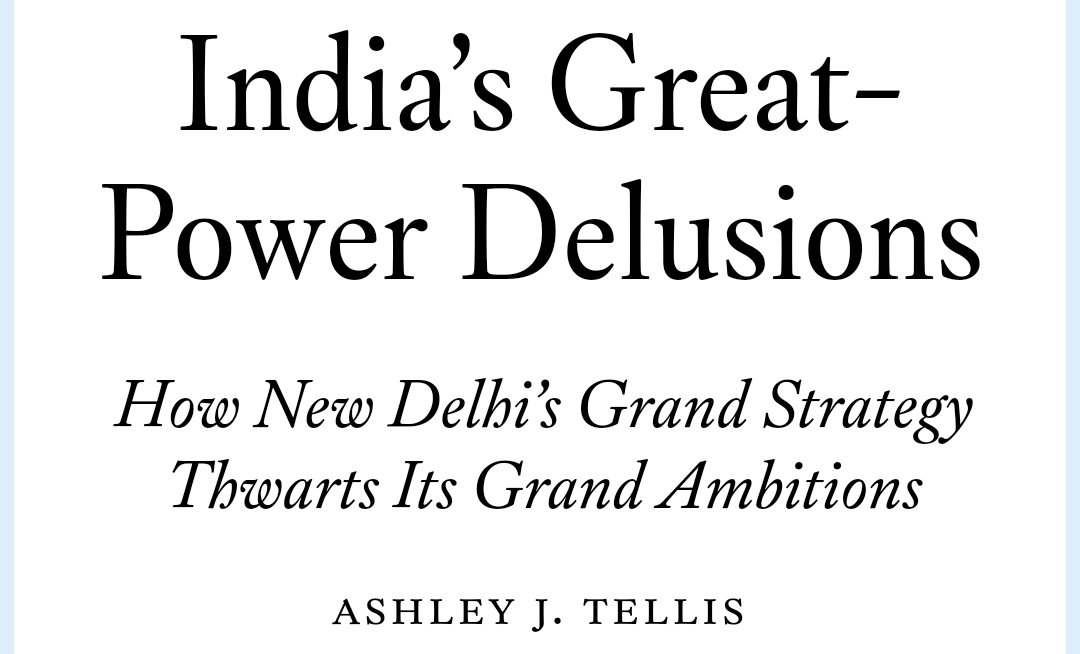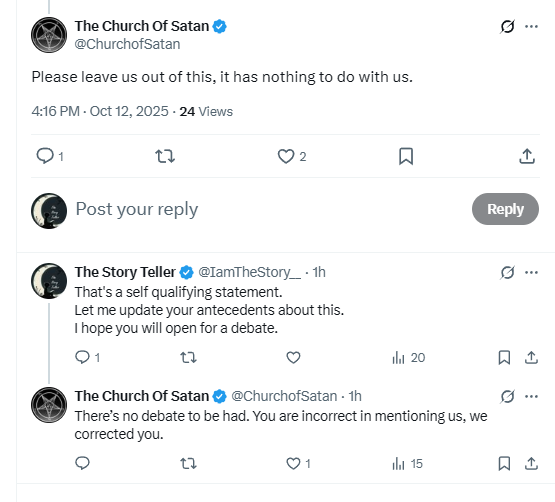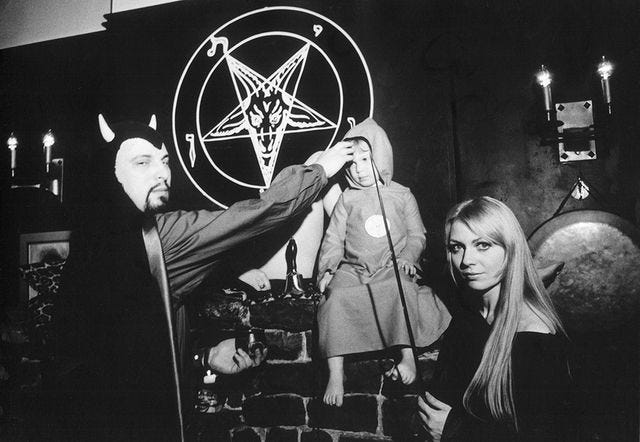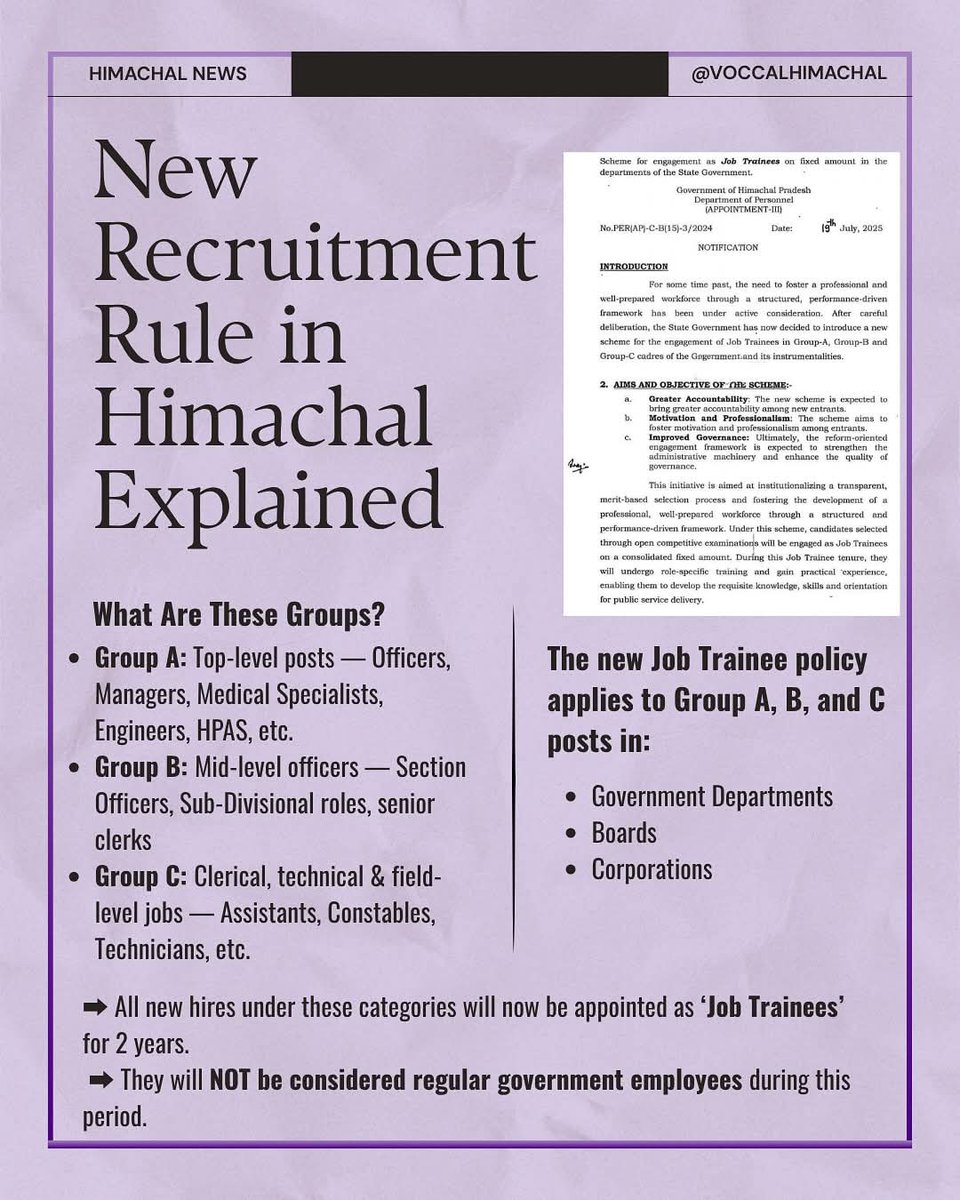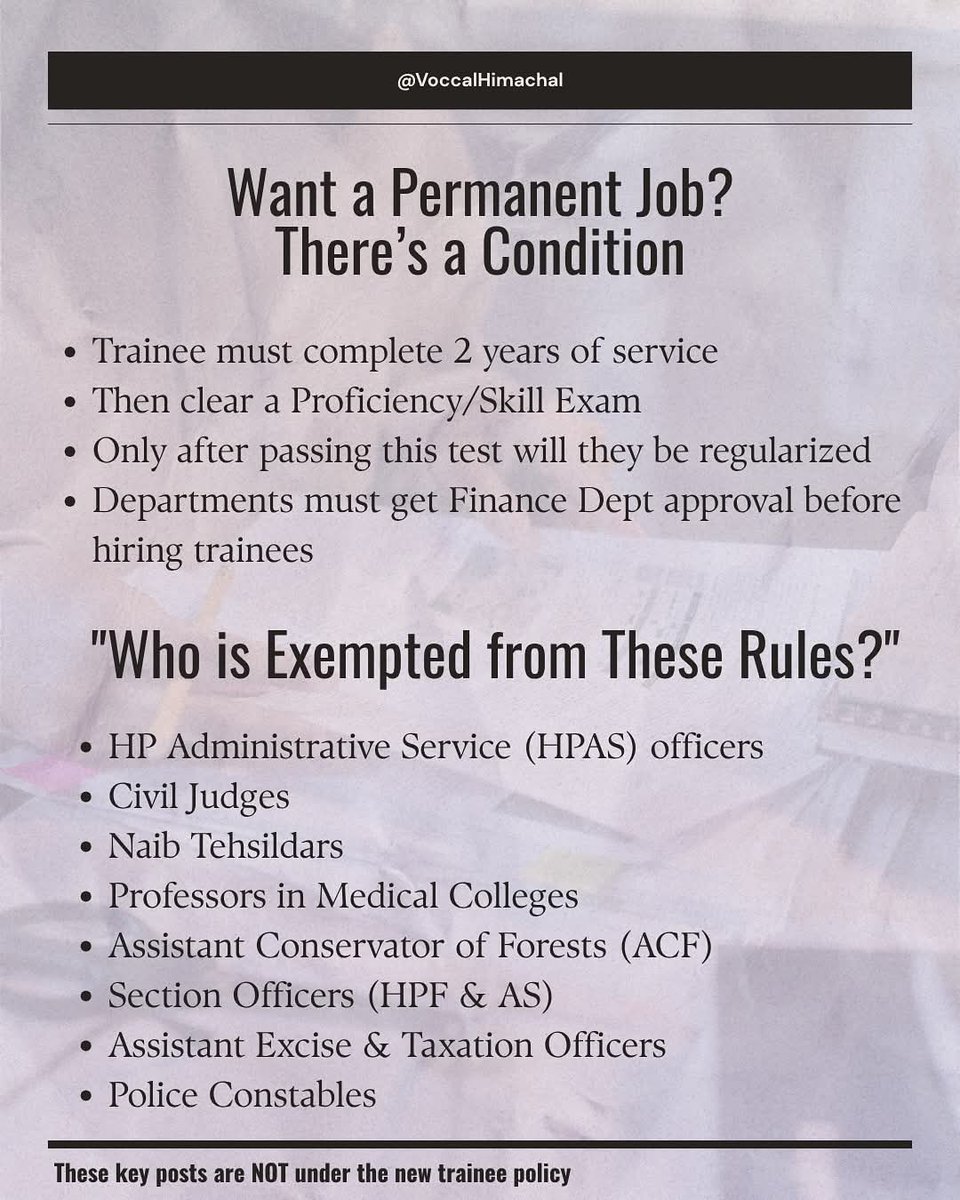Samay (The Time) - The Timeless time of the Vedic Ages of India
What is Samay?
What is Kal?
What is creation?
What is the origin and start of the time?
Let's find out what our timeless Vedic scriptures say about it:
#Veda #SanatanaDharma #Hinduism #Time #India twitter.com/i/web/status/1…
What is Samay?
What is Kal?
What is creation?
What is the origin and start of the time?
Let's find out what our timeless Vedic scriptures say about it:
#Veda #SanatanaDharma #Hinduism #Time #India twitter.com/i/web/status/1…

1. What is Samay / Kaal / Time?
The Sanskrit word for time is kala which has been derived from kalana or motion and it implies that time manifests itself through motion. At the same time, time is eternal (Nitya and Shaswata) without beginning and ending (Anadi and Ananta). The… twitter.com/i/web/status/1…
The Sanskrit word for time is kala which has been derived from kalana or motion and it implies that time manifests itself through motion. At the same time, time is eternal (Nitya and Shaswata) without beginning and ending (Anadi and Ananta). The… twitter.com/i/web/status/1…

2. Concept of Shrishti and Pralaya - The Cycle of Time
The cosmos follows one cycle within a framework of cycles. It may have been created and reached an end, but it represents only one turn in the perpetual Kalachakra, the "wheel of time", which revolves infinitely through… twitter.com/i/web/status/1…
The cosmos follows one cycle within a framework of cycles. It may have been created and reached an end, but it represents only one turn in the perpetual Kalachakra, the "wheel of time", which revolves infinitely through… twitter.com/i/web/status/1…

3. Meaning of Cyclic Kal (Time) from Shrishti to Pralaya - The start of the creation
The word in Sanskrit for “creation” is Shristi which actually means ‘ejaculation’, or a ‘bursting forth’.
All the potential of the universe, time, space, and matter was concentrated in a… twitter.com/i/web/status/1…
The word in Sanskrit for “creation” is Shristi which actually means ‘ejaculation’, or a ‘bursting forth’.
All the potential of the universe, time, space, and matter was concentrated in a… twitter.com/i/web/status/1…

4. Concept of the Creation in Vedas and Puranas
a) Origin of the Purana and Concept of the Time, Creation, and Cosmos
Though the compilation of the Purana is unknown and is not attributed to Vyasa (he only compiled it and taught it to Lomaharshana), is not considered a Shruti… twitter.com/i/web/status/1…
a) Origin of the Purana and Concept of the Time, Creation, and Cosmos
Though the compilation of the Purana is unknown and is not attributed to Vyasa (he only compiled it and taught it to Lomaharshana), is not considered a Shruti… twitter.com/i/web/status/1…

5. Nisadiya Sukta in Rig Veda and most accurate and complete explanation of the creation
Nisadiya Sukta is written in the 129th Sukta of the 10th mandala of the Rigveda.
नास॑दासी॒न्नोसदा॑सीत्त॒दानीं॒नासी॒द्रजो॒नोव्यो॑मा प॒रोयत् । किमाव॑रीवः॒ कुह॒… twitter.com/i/web/status/1…
Nisadiya Sukta is written in the 129th Sukta of the 10th mandala of the Rigveda.
नास॑दासी॒न्नोसदा॑सीत्त॒दानीं॒नासी॒द्रजो॒नोव्यो॑मा प॒रोयत् । किमाव॑रीवः॒ कुह॒… twitter.com/i/web/status/1…

6. Atharv Ved and Creation of Time
Atharv Veda says that It is Time that kick starts the creation of the material world and it is Time that destroys the material world. Wherever there is the influence of eternal time in the material world, there is this set of tribulations,… twitter.com/i/web/status/1…
Atharv Veda says that It is Time that kick starts the creation of the material world and it is Time that destroys the material world. Wherever there is the influence of eternal time in the material world, there is this set of tribulations,… twitter.com/i/web/status/1…

7. Kal (Time) and the Eternal Consciousness
Unlike the popular saying in America that “you only live once,” the Vedas are clear that both consciousness and matter are eternal. This is supported by Newton’s law of the conservation of energy. In reality, nothing is ever created or… twitter.com/i/web/status/1…
Unlike the popular saying in America that “you only live once,” the Vedas are clear that both consciousness and matter are eternal. This is supported by Newton’s law of the conservation of energy. In reality, nothing is ever created or… twitter.com/i/web/status/1…

8. Kal (Time) As Entropy
When the US physicist, Dr. J. Robert Oppenheimer witnessed the detonation of a nuclear bomb in 1945, he recalled the following line from Bhagavad-gita:
काला ‘सामी लोक-क्षय-कृत प्रवरिधो
लोक संहर्तुम् यह प्रविरित्तः
“I have become death, the destroyer of… twitter.com/i/web/status/1…
When the US physicist, Dr. J. Robert Oppenheimer witnessed the detonation of a nuclear bomb in 1945, he recalled the following line from Bhagavad-gita:
काला ‘सामी लोक-क्षय-कृत प्रवरिधो
लोक संहर्तुम् यह प्रविरित्तः
“I have become death, the destroyer of… twitter.com/i/web/status/1…

9. Concept of the ETERNITY OF THE KAL (TIME) – Vishnu Purana
In the Vishnu Purana, Maharishi Parasara explains that there are four fundamental forms in the universe:
प्रधान (Pradhana) primary or crude matter also referred to as prakr̥ti,
पुरुष (Puruṣa) spirit,
व्यक्त… twitter.com/i/web/status/1…
In the Vishnu Purana, Maharishi Parasara explains that there are four fundamental forms in the universe:
प्रधान (Pradhana) primary or crude matter also referred to as prakr̥ti,
पुरुष (Puruṣa) spirit,
व्यक्त… twitter.com/i/web/status/1…

10. Concept of the Dark energy - Holding the Universe in the TIME SPACE CONTINUUM
There is a shloka in the Lakshmi Tantra spoken by the Goddess Lakshmi:
सुन्यं तद् अखिलं लोकं स्वेन पुरयितुं पुरा |
भरमि त्वपरं रूपं तमसा केवलेन तु || ४ - ५७ ||
In the beginning, in order to fill… twitter.com/i/web/status/1…
There is a shloka in the Lakshmi Tantra spoken by the Goddess Lakshmi:
सुन्यं तद् अखिलं लोकं स्वेन पुरयितुं पुरा |
भरमि त्वपरं रूपं तमसा केवलेन तु || ४ - ५७ ||
In the beginning, in order to fill… twitter.com/i/web/status/1…

11. Scale of the Vedic Time system
Smallest Unit of Time
In Surya Sidhanta, Vedic astronomy give a very detailed division of Time upto the lowest sub-division level of prana (respiration), a time-lapse of four seconds. The lowest sub divisions praņa is the same part of the day… twitter.com/i/web/status/1…
Smallest Unit of Time
In Surya Sidhanta, Vedic astronomy give a very detailed division of Time upto the lowest sub-division level of prana (respiration), a time-lapse of four seconds. The lowest sub divisions praņa is the same part of the day… twitter.com/i/web/status/1…

12. Vedic Division of Day
The Vedic division of the day is somewhat different. According to this, Kala (Time) is born out of Sun. The counting starts from nimesha (twinkling of an eye).
Truti is referred to as a quarter of the time of falling of an eye lid. twitter.com/i/web/status/1…
The Vedic division of the day is somewhat different. According to this, Kala (Time) is born out of Sun. The counting starts from nimesha (twinkling of an eye).
Truti is referred to as a quarter of the time of falling of an eye lid. twitter.com/i/web/status/1…

13. Seven Days of Week
Deleting the leading letter ‘a’ and the trailing ‘tra’ from ‘ahoratra’, one is left with the word hora, and from this horā, another system of measuring time, the ‘Hora System’, introduced in this country by the celebrated Hindu astronomer Varaha Mihira, by… twitter.com/i/web/status/1…

Deleting the leading letter ‘a’ and the trailing ‘tra’ from ‘ahoratra’, one is left with the word hora, and from this horā, another system of measuring time, the ‘Hora System’, introduced in this country by the celebrated Hindu astronomer Varaha Mihira, by… twitter.com/i/web/status/1…


14. Samvatsara - The Year Cycles
Samvatsara is a Sanskrit term for "year". In Hindu tradition, there are 60 Samvatsaras, each of which has a name. Once all 60 samvatsaras are over, the cycle starts over again. The sixty Samvatsaras are divided into 3 groups of 20 Samvatsaras… twitter.com/i/web/status/1…
Samvatsara is a Sanskrit term for "year". In Hindu tradition, there are 60 Samvatsaras, each of which has a name. Once all 60 samvatsaras are over, the cycle starts over again. The sixty Samvatsaras are divided into 3 groups of 20 Samvatsaras… twitter.com/i/web/status/1…

15. Chronology of the Yuga
The units of time larger than a year are called yugas. The word yuga has been derived from yoga and yoga from samyoga, or conjunction of heavenly bodies. So one finds the origin of every unit of yuga to a specific conjunction of the heavenly bodies in… twitter.com/i/web/status/1…
The units of time larger than a year are called yugas. The word yuga has been derived from yoga and yoga from samyoga, or conjunction of heavenly bodies. So one finds the origin of every unit of yuga to a specific conjunction of the heavenly bodies in… twitter.com/i/web/status/1…

16. Mahayuga (Chaturyuga) - The Yuga Cycles
Beyond this level there are 4 epochs or yugas, namely, Krita Yuga, Treta Yuga, Treta Yuga, Dvapara Yuga and Kali Yuga. All these four yugas together is called a chatur yuga, which means "four epochs"or also termed maha yuga that means… twitter.com/i/web/status/1…

Beyond this level there are 4 epochs or yugas, namely, Krita Yuga, Treta Yuga, Treta Yuga, Dvapara Yuga and Kali Yuga. All these four yugas together is called a chatur yuga, which means "four epochs"or also termed maha yuga that means… twitter.com/i/web/status/1…
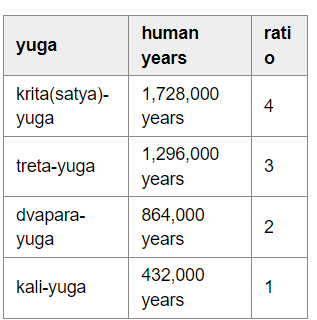

17. Time of Devas - The Cosmic Years
The lifespan of the Devas is 100 years of the Devas (= 36,000 human years). twitter.com/i/web/status/1…
The lifespan of the Devas is 100 years of the Devas (= 36,000 human years). twitter.com/i/web/status/1…

18. Kalpa - A Cosmic Day of Brahma
n this cyclic process of time, 1000 chaturyuga or mahayuga period is called a Kalpa, and period of time is equal to a daytime for the Brahma, the creator of the universe. A thousand and a thousand (i.e. two thousand) chaturyugas are said to be… twitter.com/i/web/status/1…
n this cyclic process of time, 1000 chaturyuga or mahayuga period is called a Kalpa, and period of time is equal to a daytime for the Brahma, the creator of the universe. A thousand and a thousand (i.e. two thousand) chaturyugas are said to be… twitter.com/i/web/status/1…

19. Manvantara
A cosmic days includes 14 Period or Manvantaras to 306 720 000 solar years. The next day, a cosmic unity is a Manvantara, there are fourteen pieces. A Manu mastered such a period. We live in the 7th Manvantara. Manvantara the first 6 have gone, 7 more will come. In… twitter.com/i/web/status/1…
A cosmic days includes 14 Period or Manvantaras to 306 720 000 solar years. The next day, a cosmic unity is a Manvantara, there are fourteen pieces. A Manu mastered such a period. We live in the 7th Manvantara. Manvantara the first 6 have gone, 7 more will come. In… twitter.com/i/web/status/1…
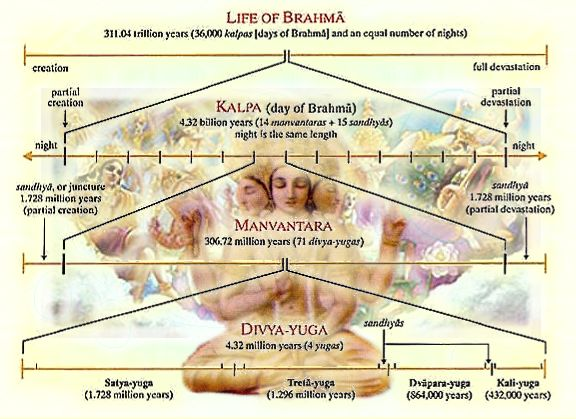
20. Mahakalpa - Brahma's Lifespan
Brahma (the creator) lives for 100 years of 360 such days and at the end, he is said to dissolve, along with his entire Creation, into the Paramatman (Eternal Soul). The scriptures put Brahma's age at 100 years in his unique time scale.
Brahma's… twitter.com/i/web/status/1…
Brahma (the creator) lives for 100 years of 360 such days and at the end, he is said to dissolve, along with his entire Creation, into the Paramatman (Eternal Soul). The scriptures put Brahma's age at 100 years in his unique time scale.
Brahma's… twitter.com/i/web/status/1…
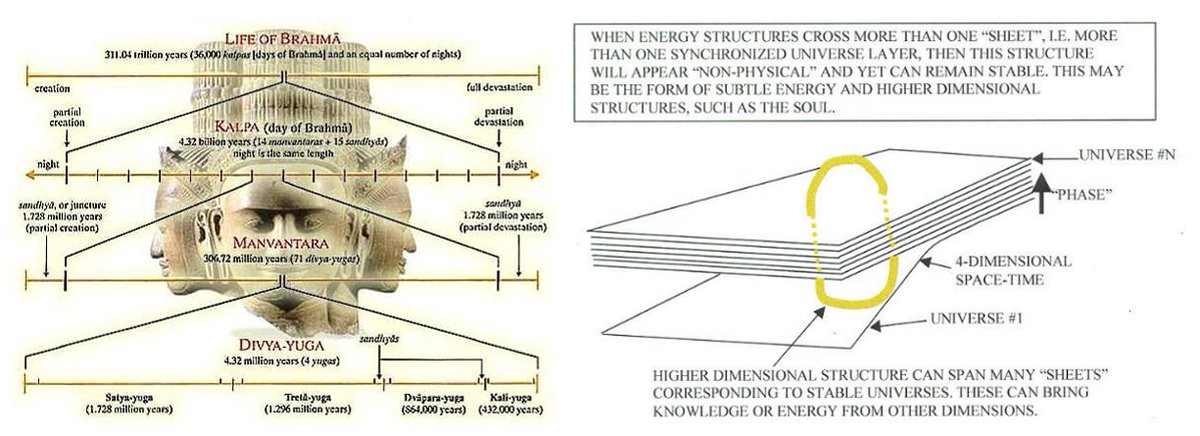
21. Be very very proud of your Sanatan lineage. Please share it further to help me spread the light of the knowledge of the Sanatan.
Blessings from Shri Krishna to you.
Radhe Radhe
Blessings from Shri Krishna to you.
Radhe Radhe

22. Part 2 will explore Vedic instruments for Time measurement.
Let us spread the light of Sanatan.
Blessings from Shri Krishna
Radhe Radhe
Let us spread the light of Sanatan.
Blessings from Shri Krishna
Radhe Radhe
• • •
Missing some Tweet in this thread? You can try to
force a refresh



